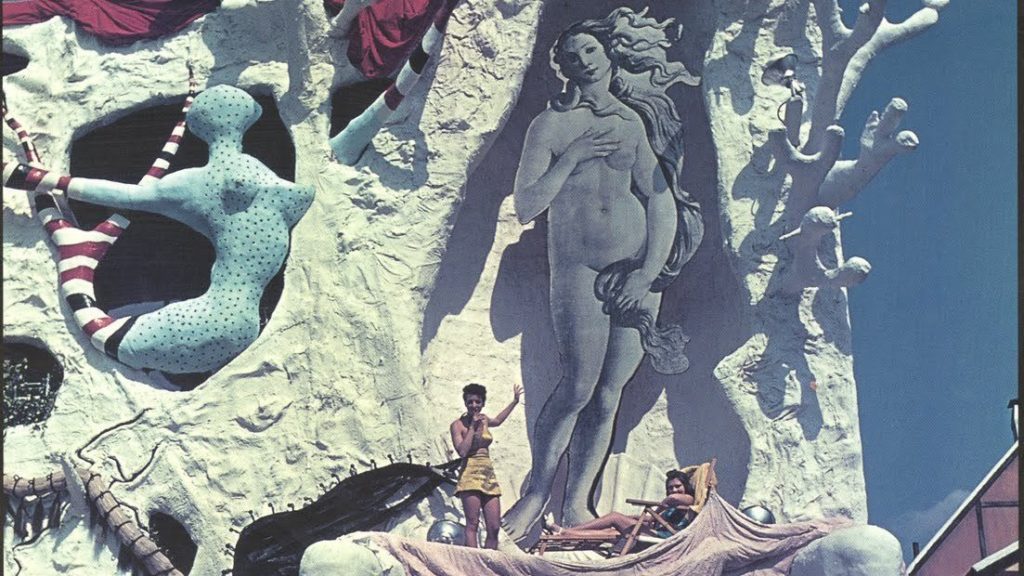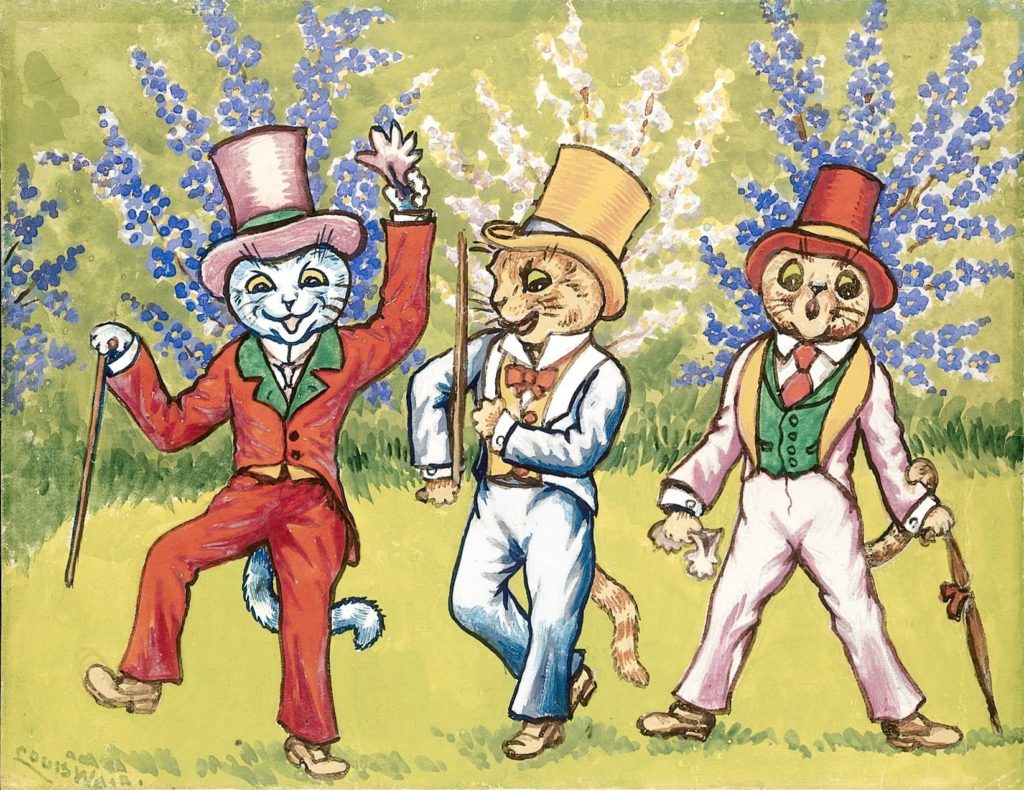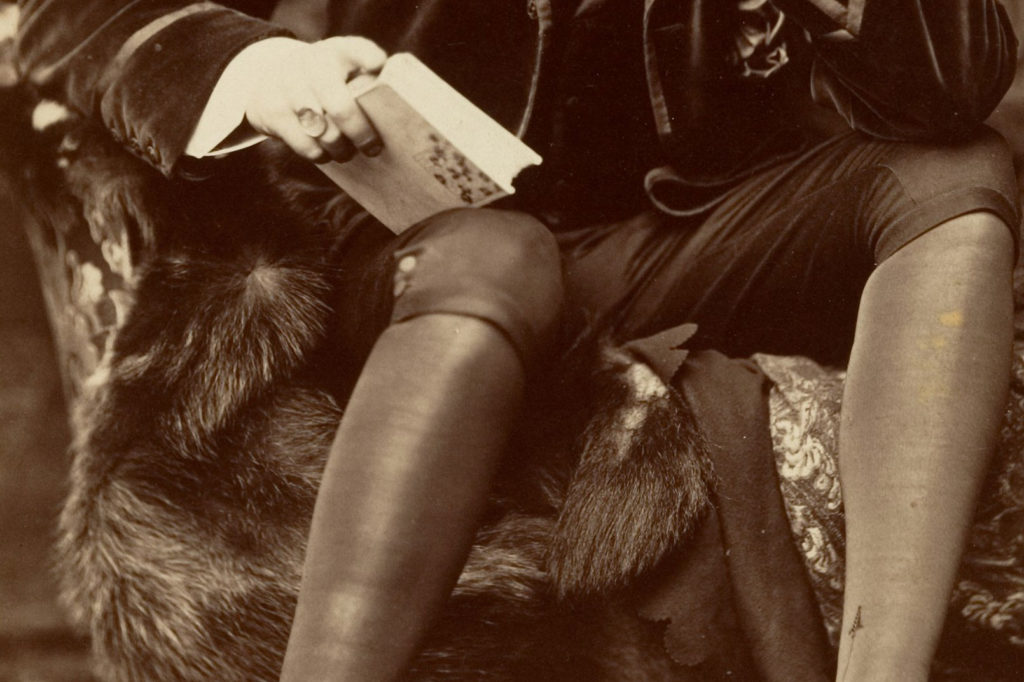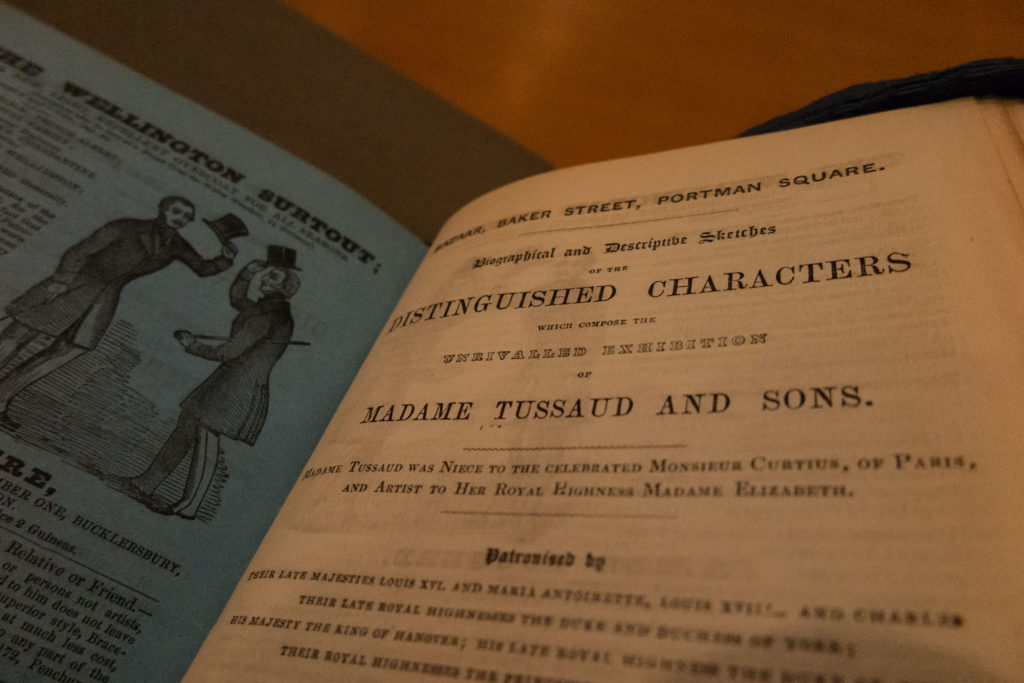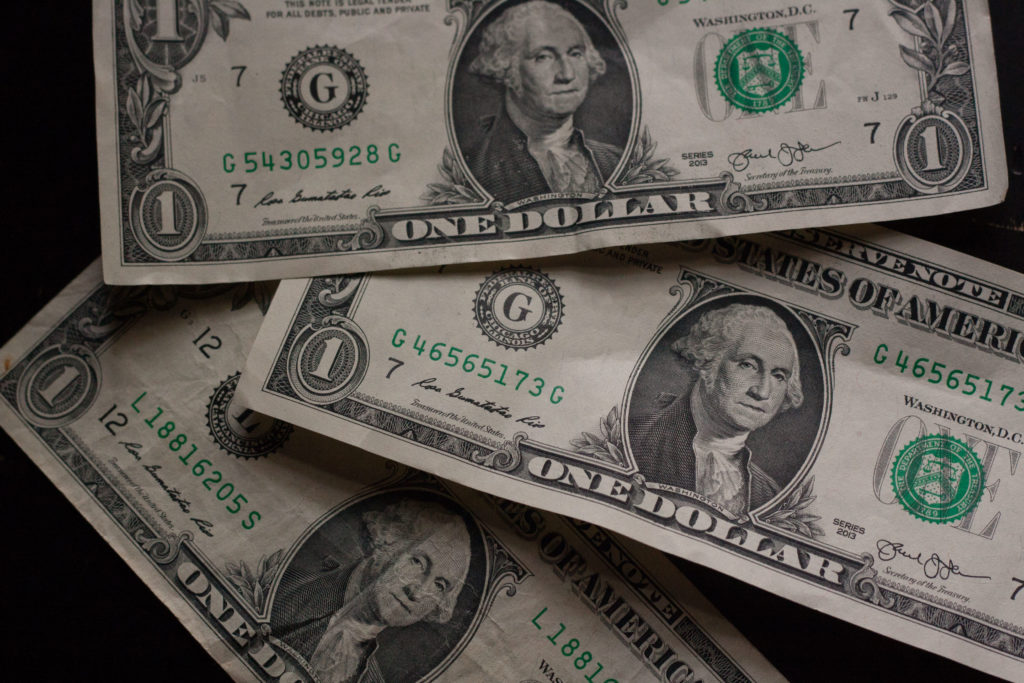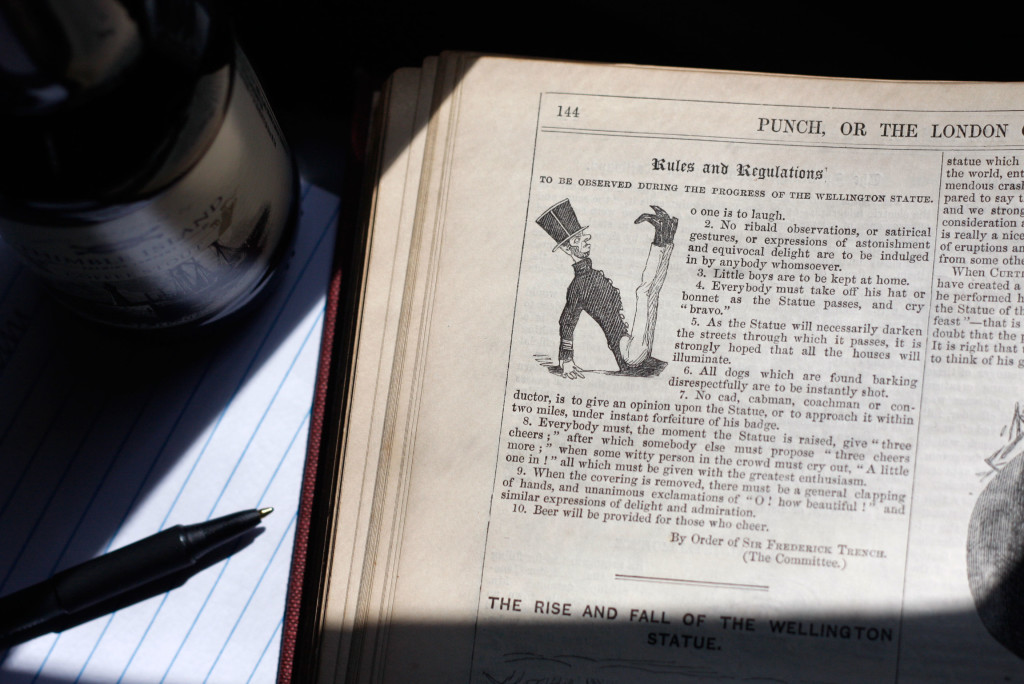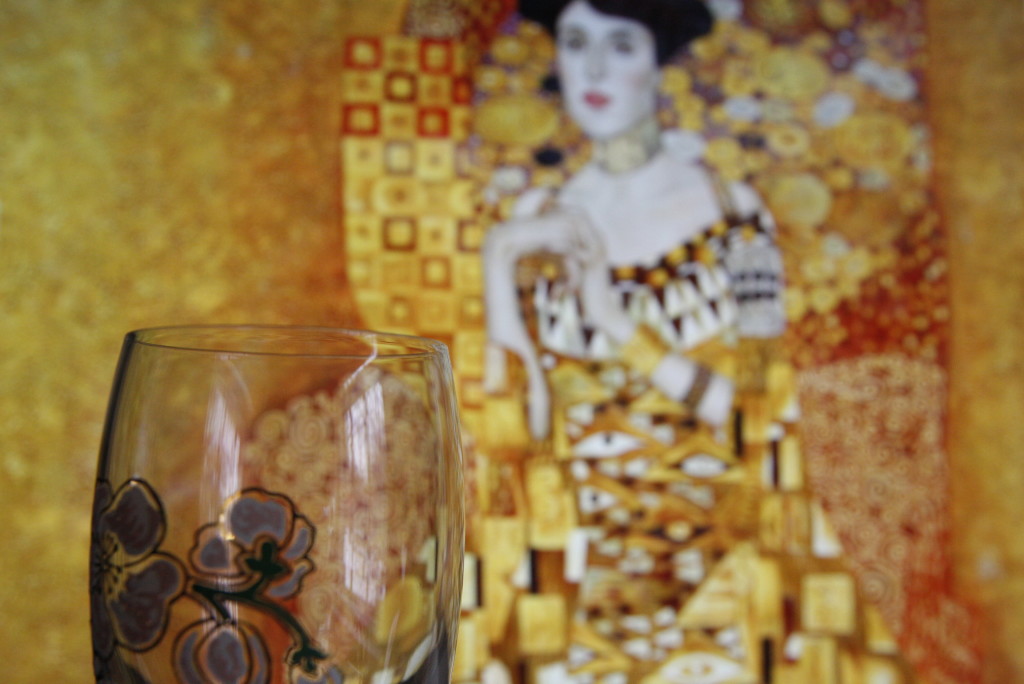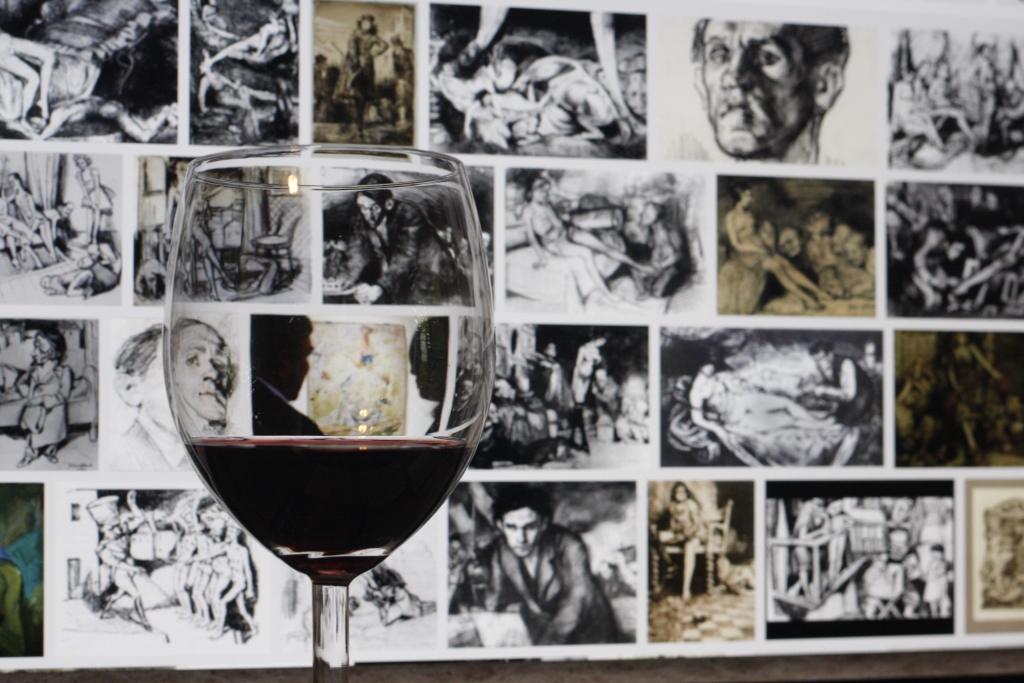Have a drink with: Salvador Dalí
Girls, girls, girls. Plus lobsters.
Ask him about: But how do you make the giraffe explode?
The 1939-1940 World’s Fair was a tremendous attraction, drawing more than forty million visitors to New York over its two seasons to experience the “World of Tomorrow.” Built over 1200 acres on top of the site of a former ash dump in Queens, the sprawling fairground was an ode to progress and international modernity, featuring a number of attractions meant to bring people out of the emotional and economic slump of the Depression. There were technological pavilions showing off new wonders like Formica and television sets; a range of theatrical entertainments including Billy Rose’s all-swimming, all-dancing Aquacade and Gypsy Rose Lee in “The Streets of Paris;” celebrations of the 150th anniversary of George Washington’s inaugural; and, looming over it all, giant modernist ball and spire sculptures called the Trylon and Perisphere. President Franklin Roosevelt became the first president to appear on television with his broadcast introductory speech.
And if you looked at this prewar proto-Epcot spectacle and said, well, this is all well and good, but it is missing one major component, and that component is a whole lot of fish, rest assured: Salvador Dalí to the rescue.
